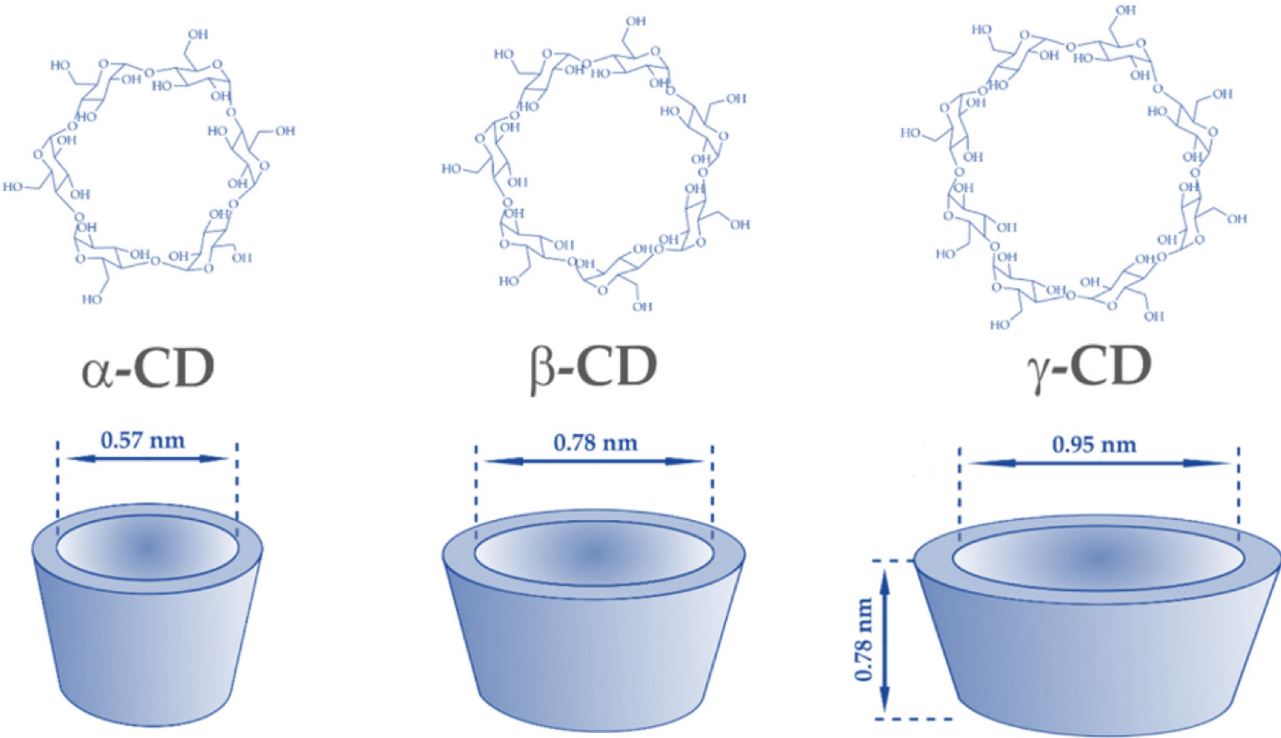An Updated Overview of Cyclodextrin-Based Drug Delivery Systems for Cancer Therapy

Encompassing a group of complex and heterogeneous diseases, cancer continues to be a challenge for patients and healthcare systems worldwide. Thus, it is of vital importance to develop advanced treatment strategies that could reduce the trends of cancer-associated morbidity and mortality rates. Scientists have focused on creating performant delivery vehicles for anti-cancer agents. Among the possible materials, cyclodextrins (CDs) attracted increasing interest over the past few years, leading to the emergence of promising anti-tumor nanomedicines. Tackling their advantageous chemical structure, ease of modification, natural origin, biocompatibility, low immunogenicity, and commercial availability, researchers investigated CD-based therapeutical formulations against many types of cancer. In this respect, in this paper, we briefly present the properties of interest of CDs for designing performant nanocarriers, further reviewing some of the most recent potential applications of CD-based delivery systems in cancer management.
Download the research paper as PDF: An Updated Overview of Cyclodextrin-Based Drug Delivery Systems for Cancer Therapy

Examples of Cyclodextrin excipients: Dexolve (Sulfobutyl ether beta-cyclodextrin), Captisol (polyanionic beta-cyclodextrin), Cavamax W8 Pharma (alpha-cyclodextrin)
Păduraru, D.N.; Niculescu, A.-G.; Bolocan, A.; Andronic, O.; Grumezescu, A.M.; Bîrlă, R. An Updated Overview of Cyclodextrin-Based Drug Delivery Systems for Cancer Therapy. Pharmaceutics 2022, 14, 1748. https://doi.org/10.3390/pharmaceutics14081748

